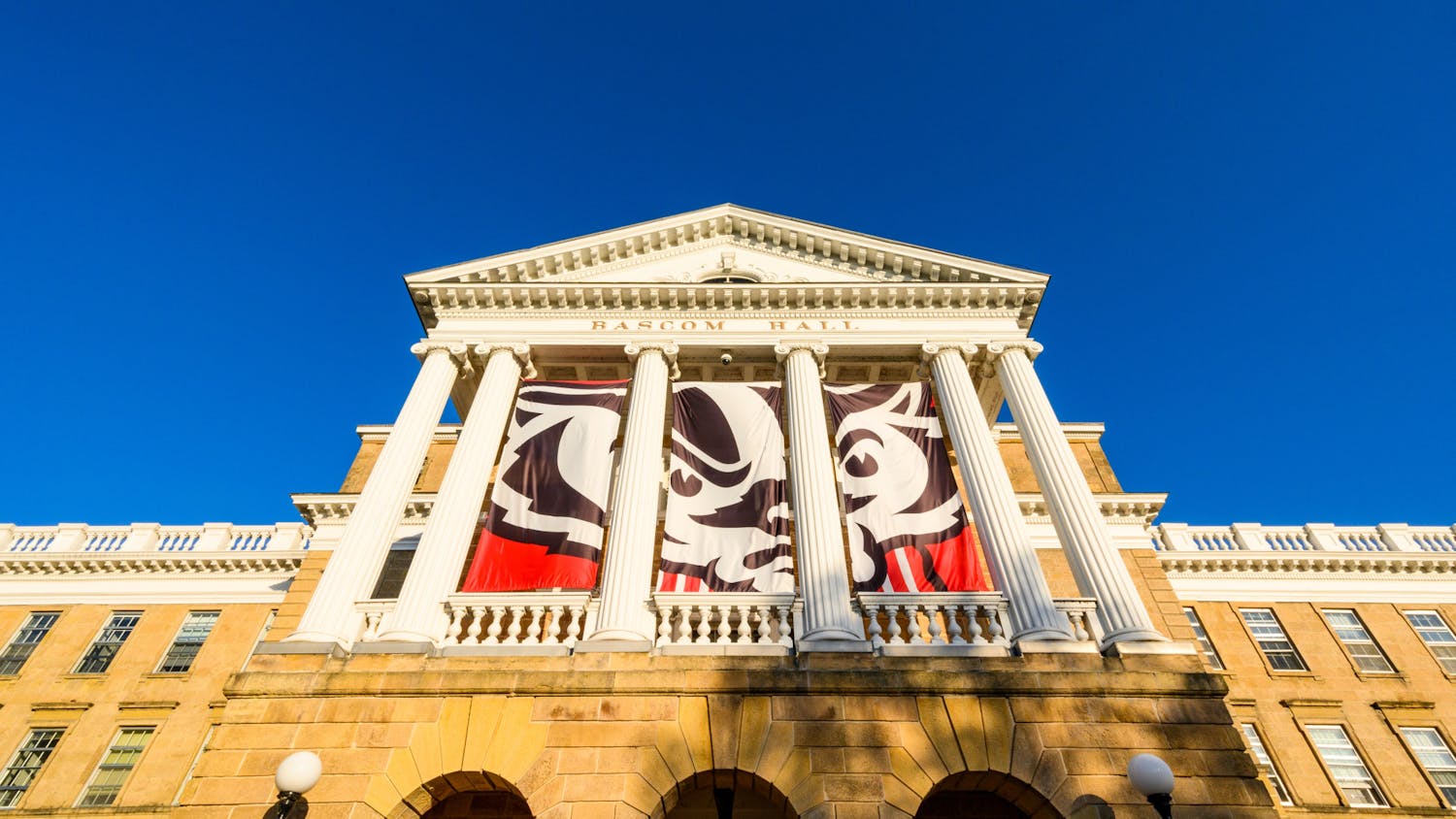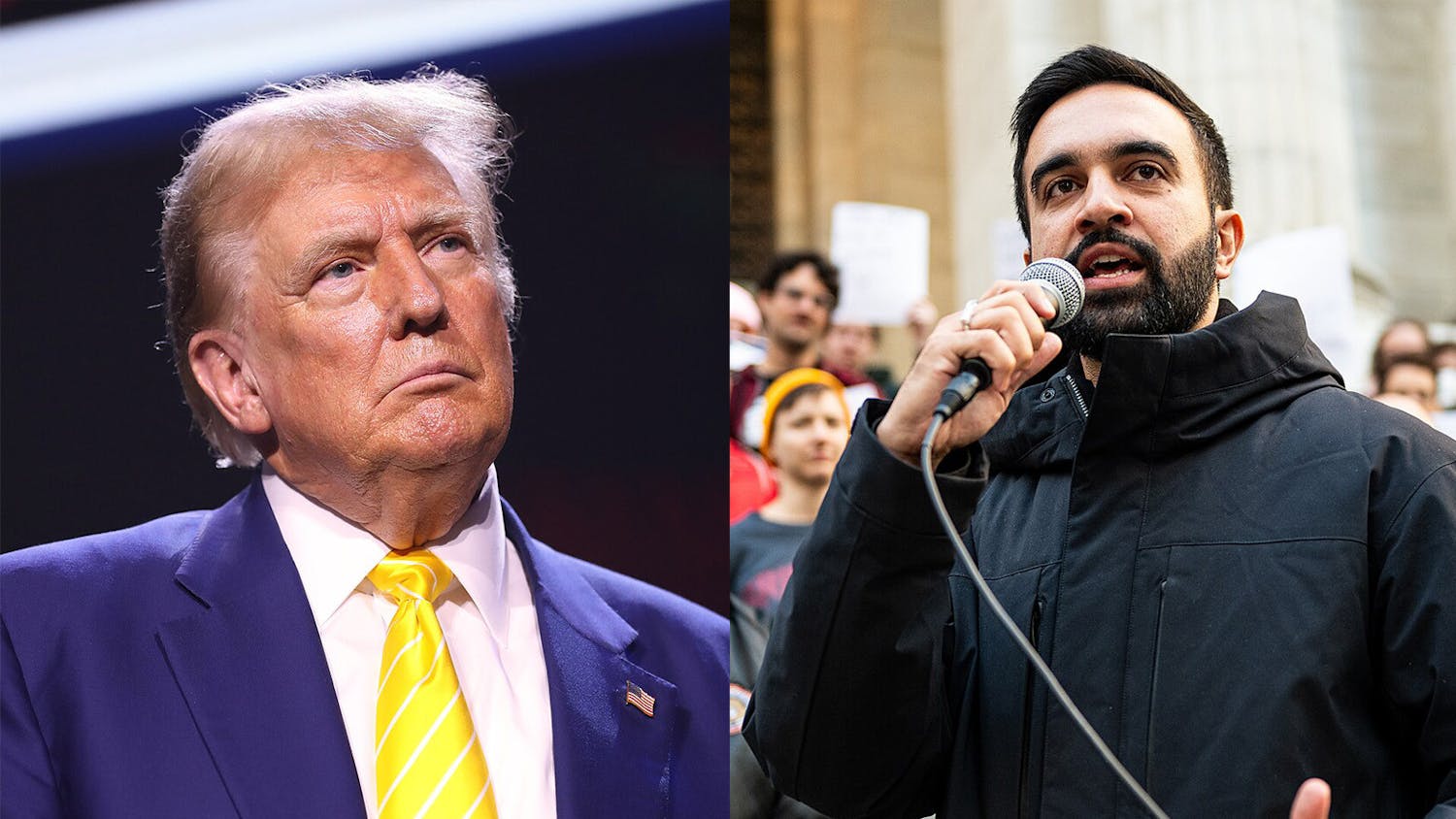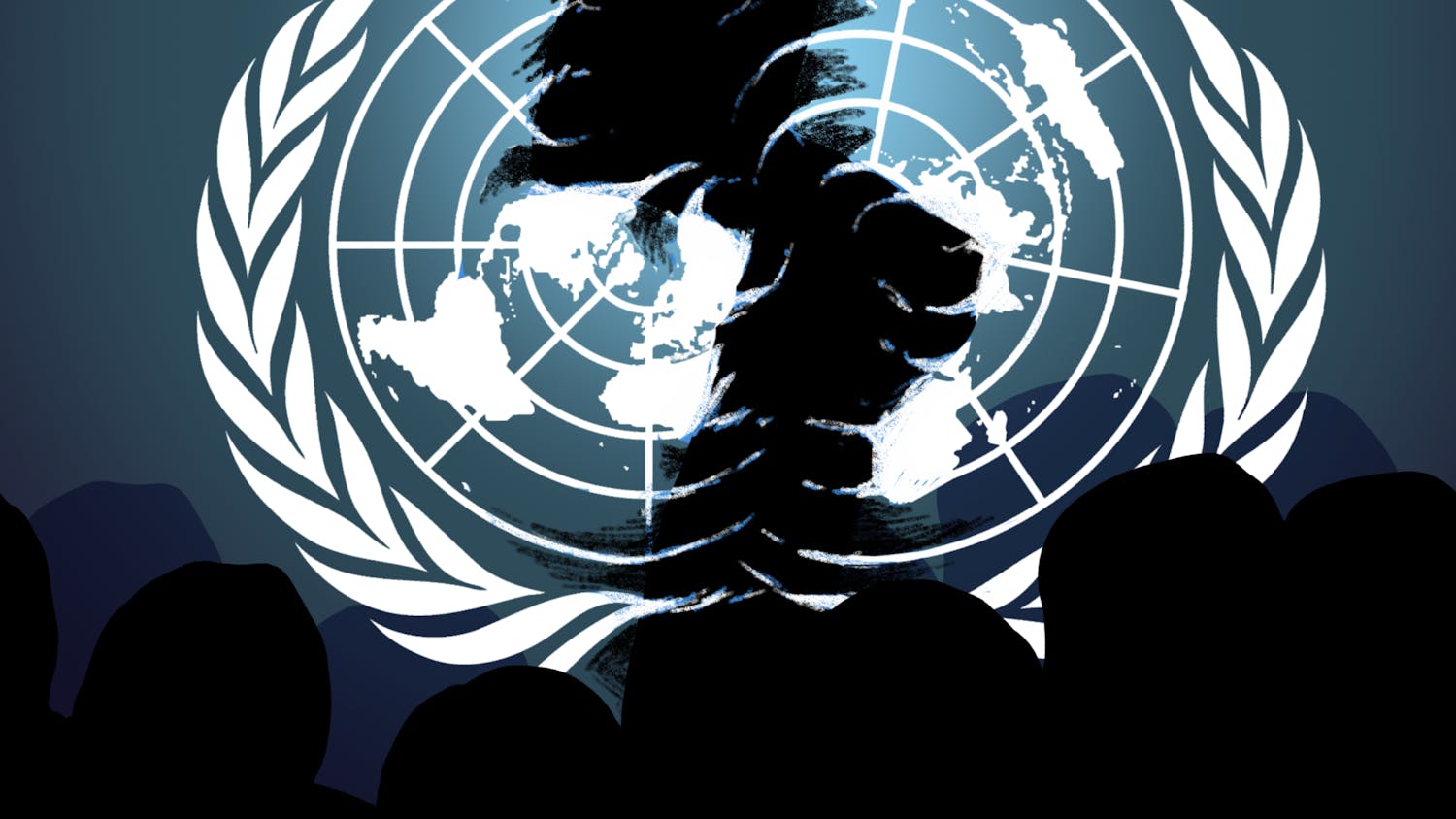Undergraduate Badger, Reem Salah, knows that when she fills out the 2020 U.S. Census Bureau, she will be fulfilling a constitutional obligation; but with that right, she will also be sacrificing a part of her identity, and it’s completely out of her control. Despite the years of implicit bias and microaggressions she has faced growing up in Wisconsin as an Arab American, her culture, her ethnicity, her identity — all of that was completely disregarded, trivialized and instantly erased as she checked “white” on the Census’s race question.
Ever since the 1790s, the U.S. census has been used by the federal statistical system as a primary source of information on the nation’s economy and people. The census goal is clear: it is designed to accurately count the American population. However, how can the Census correctly represent the nation’s people when it actively works to exclude certain races? In the 2020 census, a question is used to identify the racial background of those filling it out. The question asks, “What is this person’s race?” and follows several options including: “White,” “Black or African American,” “American Indian or Alaska Native,” “Asian,” “Other Pacific Islander” and “Some other race.”
The options provided, which, initially, might seem sufficiently inclusive, are just the opposite due to their blatant disregard of Middle Eastern and North African Identities. Americans that hail from the Middle East and North Africa region, often called MENA, are not accounted for — their identity is completely erased and whitewashed under this form. In fact, the census indicates that Middle Eastern and North Africans should check the “White” category, as they provide the example of “Egyptian” and “Lebanese.” In effect, the U.S. whitewashing of thousands upon thousands of Americans is resulting in the overcount of their white counterparts and the diminishing of vibrant ethnic and racial diversity within the country. This results in increased racial inequities and the reduction of America’s racial diversity, a factor the country prides itself on.
How can the census represent the nation’s people when it actively works to exclude certain races? The census is dedicated to counting everyone, but how can that be the case when there is a recurrent federal regime, historically functioning to undercount certain demographics and inflate the presence of others, and with that — their power. In outrage of lack of acknowledgment of the 3.7 million MENA Americans, many people have taken initiatives to voice out their opinions and take action against the whitewashing of an entire race hailing from the 19 different MENA countries Although, that number is not certain because the U.S. has failed to accurately count Middle Eastern and North Africans again and again. As such, hundreds of Middle Eastern and North African Americans in Southern California started a campaign using the “Check it right, you ain’t white!” slogan to encourage people not to select “white” on the U.S. census, and instead check “some other race,” if they do identify with the MENA region to increase its visibility.
In checking “white,” Middle Eastern and North African Americans are placed in a precarious position — to society, they are not white, but according to the government, they are. What this means for MENA Americans is that they are white, but stripped of any of the privileges that come with it. Any American living in the U.S. knows how difficult it is to grow up as a minority, and in referring to an entire community as white, it trivializes all of the struggles that have been contingent on their identity. The altruistic stories of persevering fathers, brave mothers and refugee children all come to an end on this one piece of paper — simply washed away.
Coupled with the deliberate disregard of their generational prejudice, this racial whitewashing is particularly detrimental because it skews most of the education and health statistics. This creates health and educational inequities, as more money would be allocated to communities where it is heavily populated by white people, leaving areas with MENA Americans to suffer. It also blocks many MENA Americans from accessing scholarships, awards and special recognition from universities and private institutions intended to support minority students — the lack of a MENA category continues to affect the millions of lives of Arabs and North Africans in countless ways.
As a Wisconsin resident, Reem Salah is aware of all of this. Growing up as an Egyptian American in a predominantly white suburb, Reem often felt disconnected from her Middle Eastern and North African heritage. She was stuck in a limbo — not being able to connect with her culture whilst being forced to become the spokesperson of her entire race. After getting accepted at the University of Wisconsin-Madison, Reem had hopes that she would exist in a liberal space that recognized her identity, for her to finally be seen. Unfortunately, Reem was disappointed in Madison’s lack of representation towards the MENA community.
Reem recalls that, “My ethnic identity does not fit in with any of the components of the Multicultural Students Center (MSC), which is catered only to Asian-Pacific Islanders, Desi Americans, Black and African Americans and Latinx students. My ethnicity does not fall under any of these categories.” Accordingly, Reem continues to be invisible, all whilst dealing with implicit biases that white students do not deal with.
Even within her Middle Eastern Studies classes, Reem finds herself surrounded by students whose career goals are to work for U.S. government intelligence or join the army. Given the history of U.S. imperialism in the Middle East, this makes her very uncomfortable.
“Not to mention, some of them are ignorant [of] this connection because the U.S. public K-12 schools do a poor job on teaching Middle East history. My Arabic textbook is filled with random political vocabulary words like ‘United Nations,’ which makes it seem like they are constantly tying Arabic to international policy,” Reem said. “This is essentially orientalist, because students continue to see the Middle East as a threat instead of sympathizing with the region and those who have origins from there.”
However, there is still hope. The census takes place every 10 years, and with the 2030 census, there is the possibility that the form can be altered to include a “MENA” option under the race question. On a governmental level, the Biden administration has the time to correct a document that has whitewashed, silenced and erased the background, culture and generational struggle of an entire community. As long as they receive sufficient funding, unlike the previous census, which was heavily underpaid, the census can change to include Middle Eastern and North African Americans.
On an institutional level, I urge official organizations, such as the MSC, to not forget us — we are here and we demand visibility. With those next steps, the U.S. can begin to acknowledge those who have been masked by whiteness and made invisible. Perhaps then, instead of being met with surveillance, Middle Eastern and North African Americans can finally be recognized, acknowledged and allowed to embrace their heritage — with pride.
Abdullah Marei is a Sophomore studying Psychology. Do you think the census is being whitewashed? Do you think MENA folks need more visibility? Send all comments to opinon@dailycardinal.com






